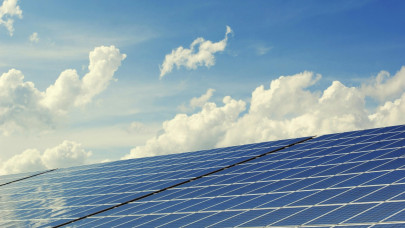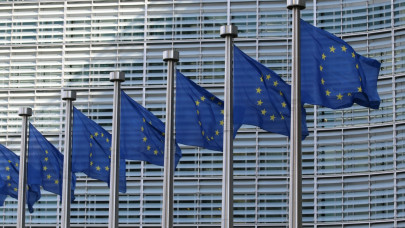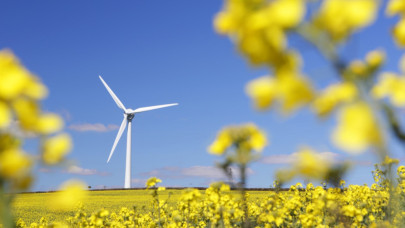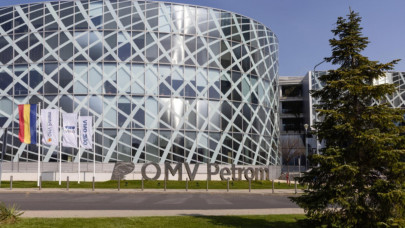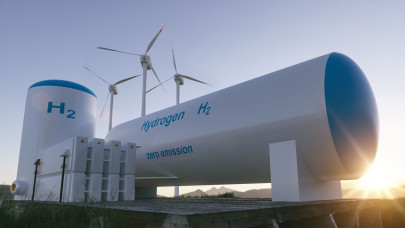However, the global provider of power market analytics warns that this growth will still fall short of meeting climate goals, with risk factors such as negative prices, market saturation, and grid congestion hindering progress.
Over the past decade, Europe's renewable energy capacity has increased to over 528 GW, driven by rising power demand, supportive policies, higher commodity prices, the phase-out of thermal power plants, and supply chain improvements. This growth aligns with the EU's updated Renewable Energy Directive, which raises the 2030 renewable energy target from 32% to 42.5%. To meet this target, EU countries aim to add over 600 GW of renewable capacity by 2030, compared to 2024 levels.
Non-shielded renewables assets face increasing risk from negative prices with Central Europe seeing the lowest negative prices and the Nordics leading in frequency, according to Aurora's ResMOR. Although some countries previously offered protection against negative price hours in subsidy schemes, most now provide little or no protection.
Aurora further highlights market saturation as a challenge for renewables, emphasising the need for more energy storage and flexibility, which are not yet deployed to substantially mitigate price cannibalisation. Greece, Romania, and Great Britain are most at risk of renewables market saturation impacting the merchant business case.
Aurora anticipates that grid congestion is another major bottleneck for renewable energy expansion. In 2023, Europe saw 57.28 TWh of remedial actions for both renewable and non-renewable assets, a 14.45% increase from 2022. Germany, Poland, Great Britain, and Ireland curtailed the most energy, with remedial actions as share of electricity demand exceeding 4% in these markets, reaching about 9.5% in Ireland according to the analysis.


